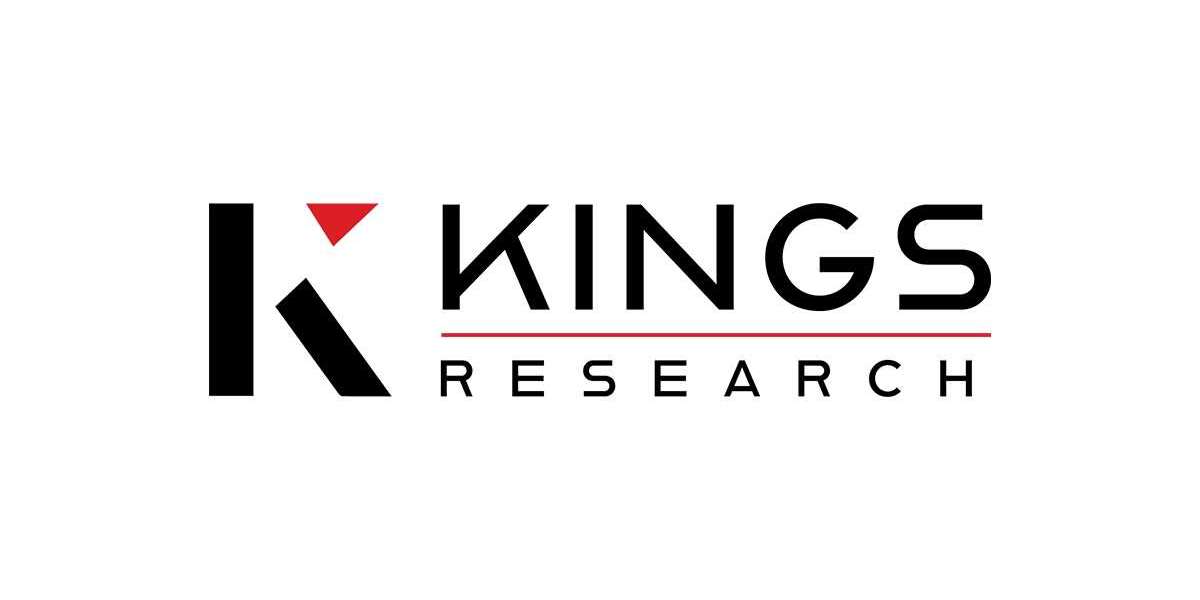The Global Digital Advertising Market was valued at USD 428.7 billion in 2021 and is projected to reach USD 1091.2 billion by 2030, growing at a CAGR of 17.2% during the forecast period. The market is driven by the shift to digital platforms, the rise of programmatic advertising, AI-driven personalization, and the growing influence of social media marketing.
Read Complete Report Details: https://www.extrapolate.com/information-technology-communication-iot/digital-advertising-market/25790
Key Market Drivers
1. Rising Internet Mobile Penetration
Global smartphone and internet usage is increasing, driving demand for mobile-based advertising.
5G deployment enhances video streaming, fueling video ad growth.
2. Growth of Social Media Influencer Marketing
Platforms like Facebook, Instagram, TikTok, and YouTube dominate ad spending.
AI-powered targeted advertising improves ROI.
3. Expansion of E-Commerce Retail Media Advertising
Brands leverage search engine ads, display ads, and social commerce.
Retailers like Amazon and Walmart increase investment in programmatic ads.
4. AI, Machine Learning, Programmatic Advertising
AI-driven audience segmentation enhances targeting precision.
Programmatic ad spending is growing due to automated ad placements.
5. Video Advertising Streaming Platforms
Rise of OTT platforms (Netflix, Disney+, YouTube, Hulu) fuels video ad growth.
Short-form content and live streaming ads gain traction.
6. Data-Driven Advertising Personalization
Advanced analytics and first-party data improve customer targeting.
Shift toward privacy-focused advertising (post-cookie era strategies).
Market Segmentation
By Ad Format
Search Engine Advertising – Largest segment, dominated by Google Ads.
Social Media Advertising – Rapid growth due to Instagram, TikTok, Facebook, and LinkedIn ads.
Video Advertising – Fastest-growing segment, boosted by YouTube, OTT ads, and programmatic video.
By Platform
Mobile Advertising – Dominates the market, fueled by app-based and in-game ads.
Desktop Advertising – Stable segment for B2B and corporate marketing.
Laptop Advertising – Preferred for long-form content and search-based advertising.
By End-User Vertical
Retail E-Commerce – Largest ad spenders, leveraging search and social ads.
Automotive – Digital showrooms, video ads, and programmatic strategies.
Healthcare Pharmaceuticals – Growth in telehealth and digital healthcare ads.
Others – Includes finance, entertainment, travel, and education sectors.
Regional Insights
1. North America
Largest market, driven by high digital ad spending in the U.S. and Canada.
Growth of AI-driven and programmatic advertising.
2. Europe
Strong digital ad regulations (GDPR compliance).
Growth in video advertising and retail media ads.
3. Asia-Pacific
Fastest-growing region, led by China, India, and Southeast Asia.
High penetration of mobile ads and social commerce.
4. Latin America
Expanding digital and mobile ad spending, especially in Brazil and Mexico.
Growth in social media and influencer marketing.
5. Middle East Africa
Increasing mobile internet penetration.
Growth in e-commerce and video advertising.
Future Trends Challenges
Opportunities:
AI-driven personalization automation.
Rise of metaverse advertising immersive experiences (AR/VR ads).
Privacy-focused ad solutions (first-party data strategies).
Challenges:
Stricter data privacy regulations (Apple iOS updates, Google’s cookie phase-out).
Ad fraud bot traffic.
Market saturation ad fatigue.
Conclusion
The Global Digital Advertising Market is expanding rapidly due to AI, programmatic advertising, social media growth, and video-based marketing. The future of the industry will be shaped by data-driven strategies, privacy regulations, and new ad formats like AR/VR advertising and metaverse branding.



